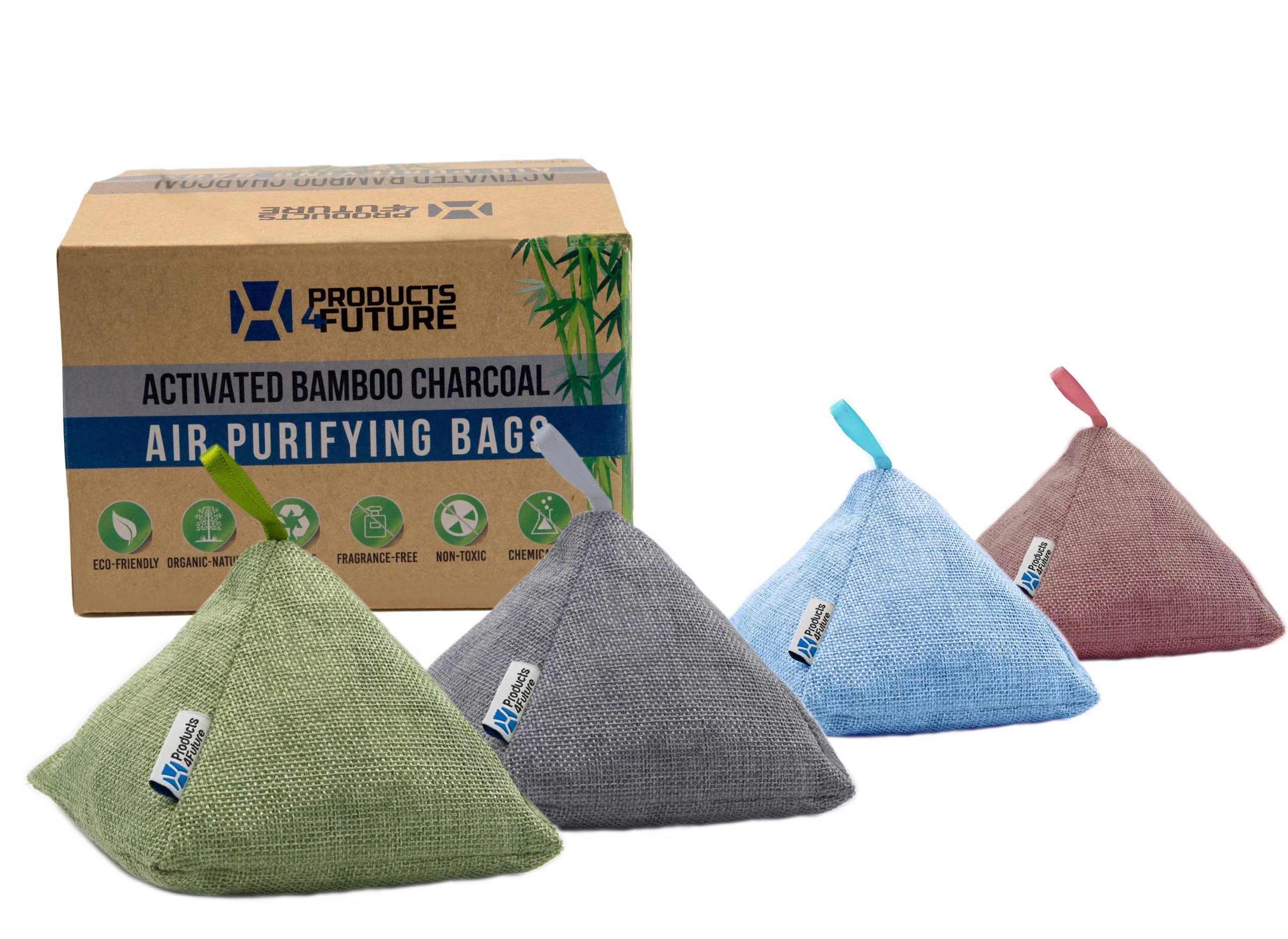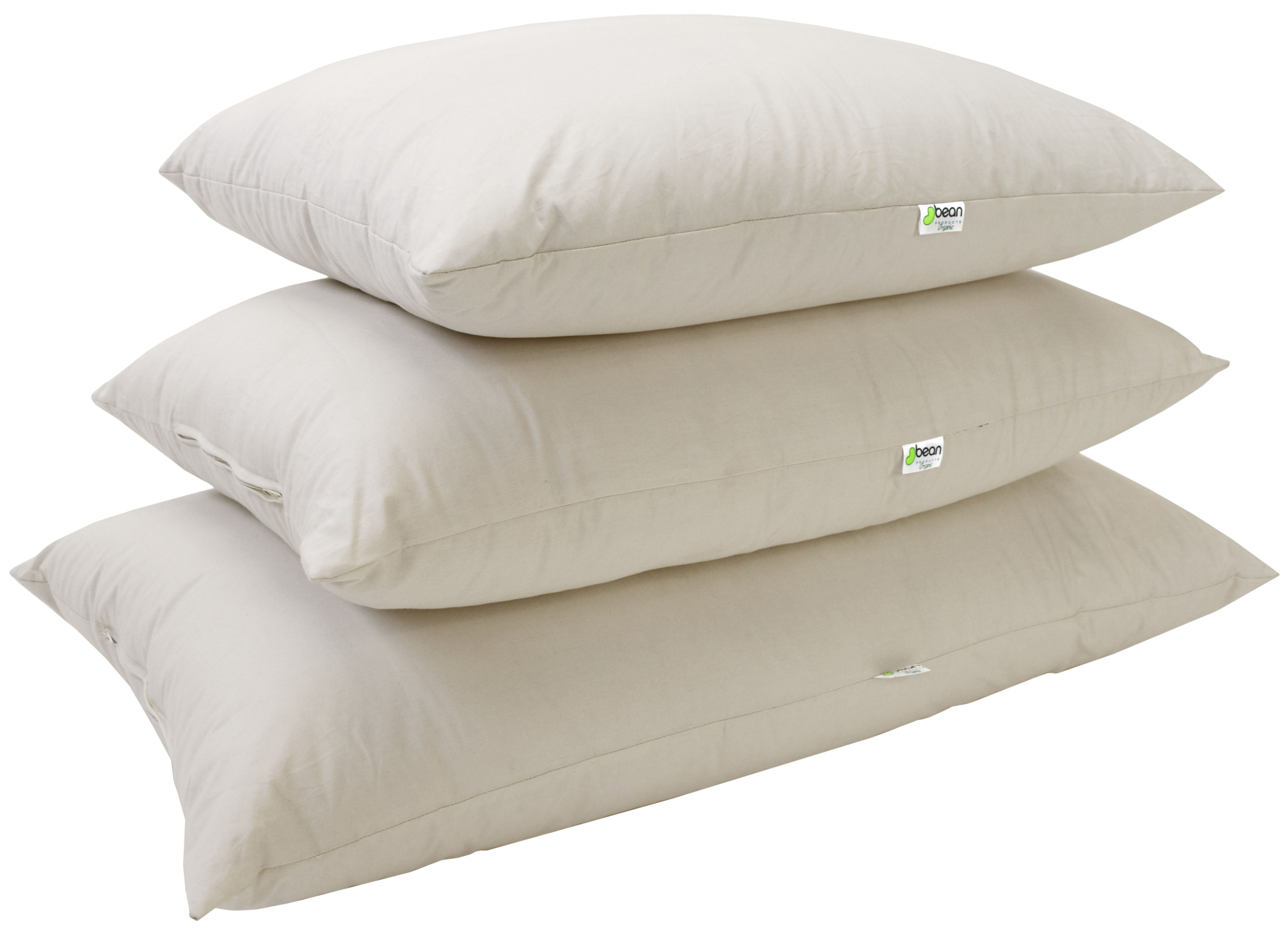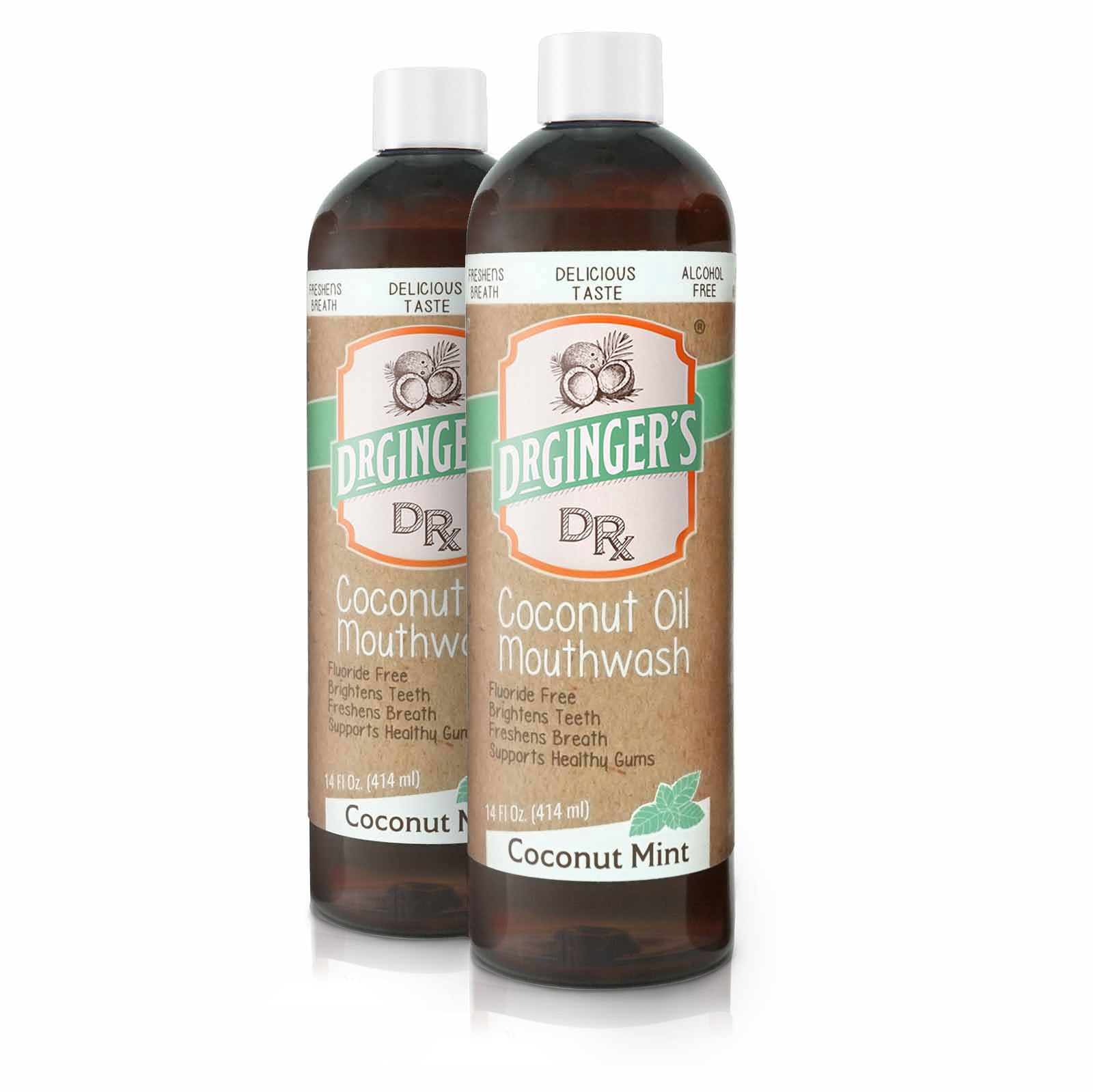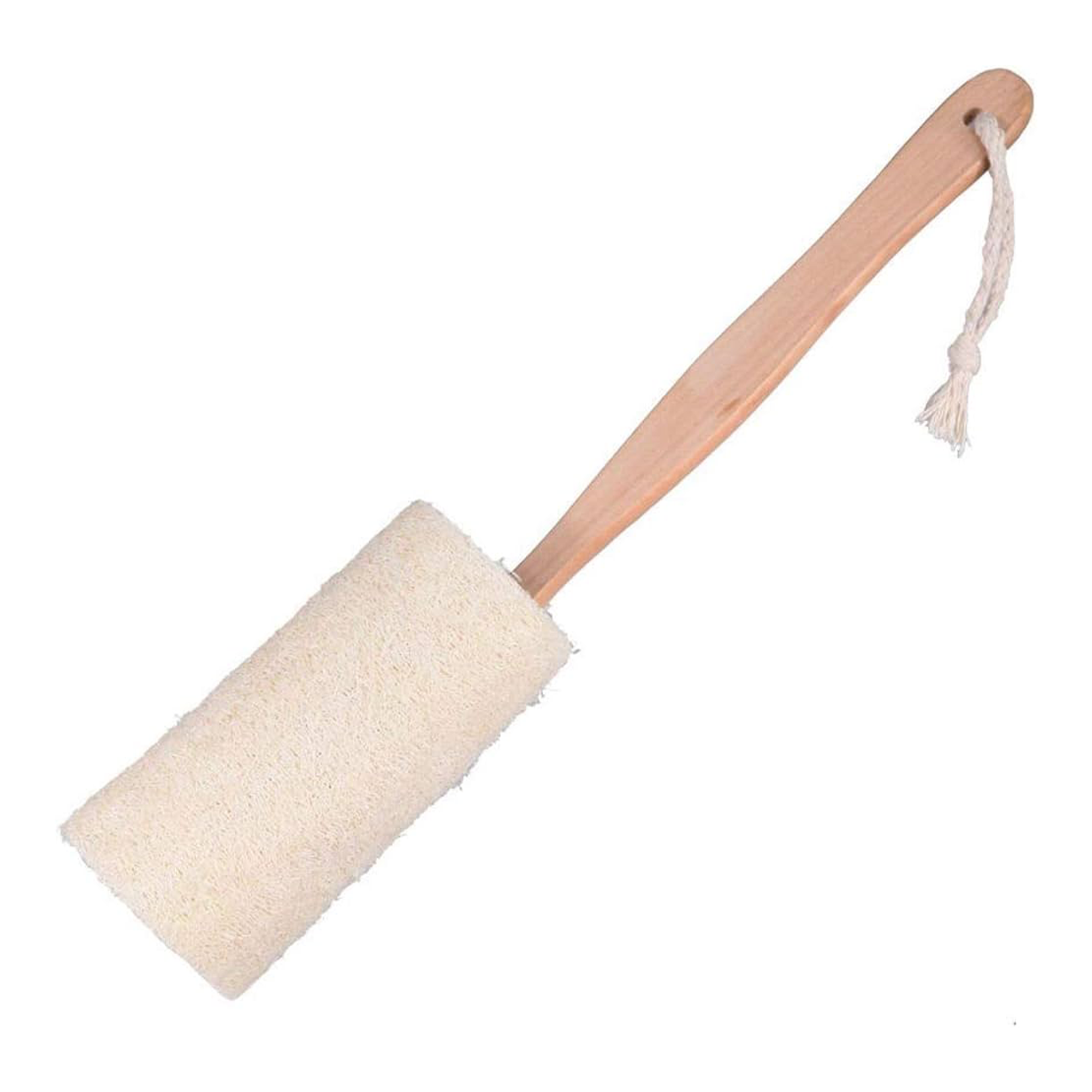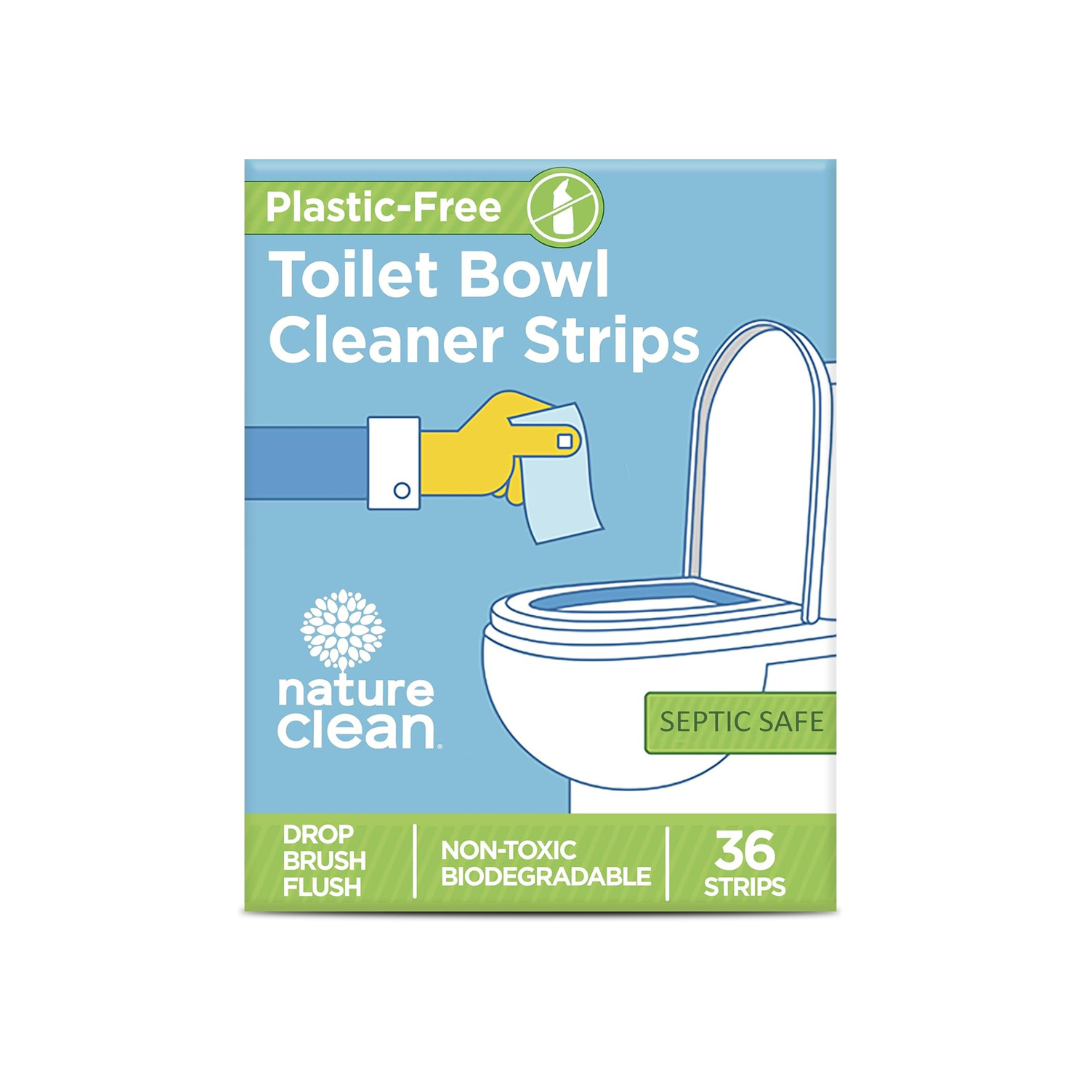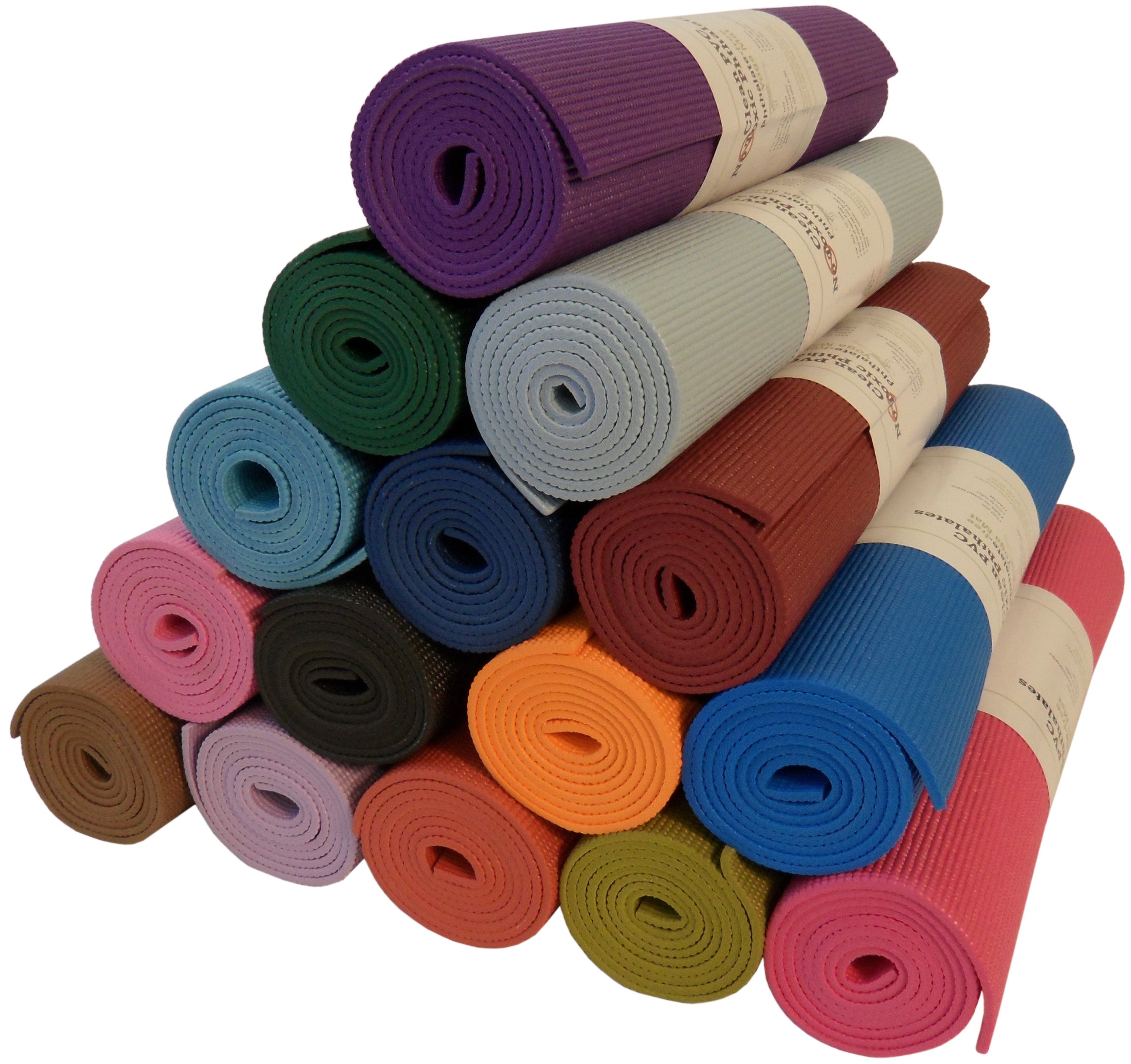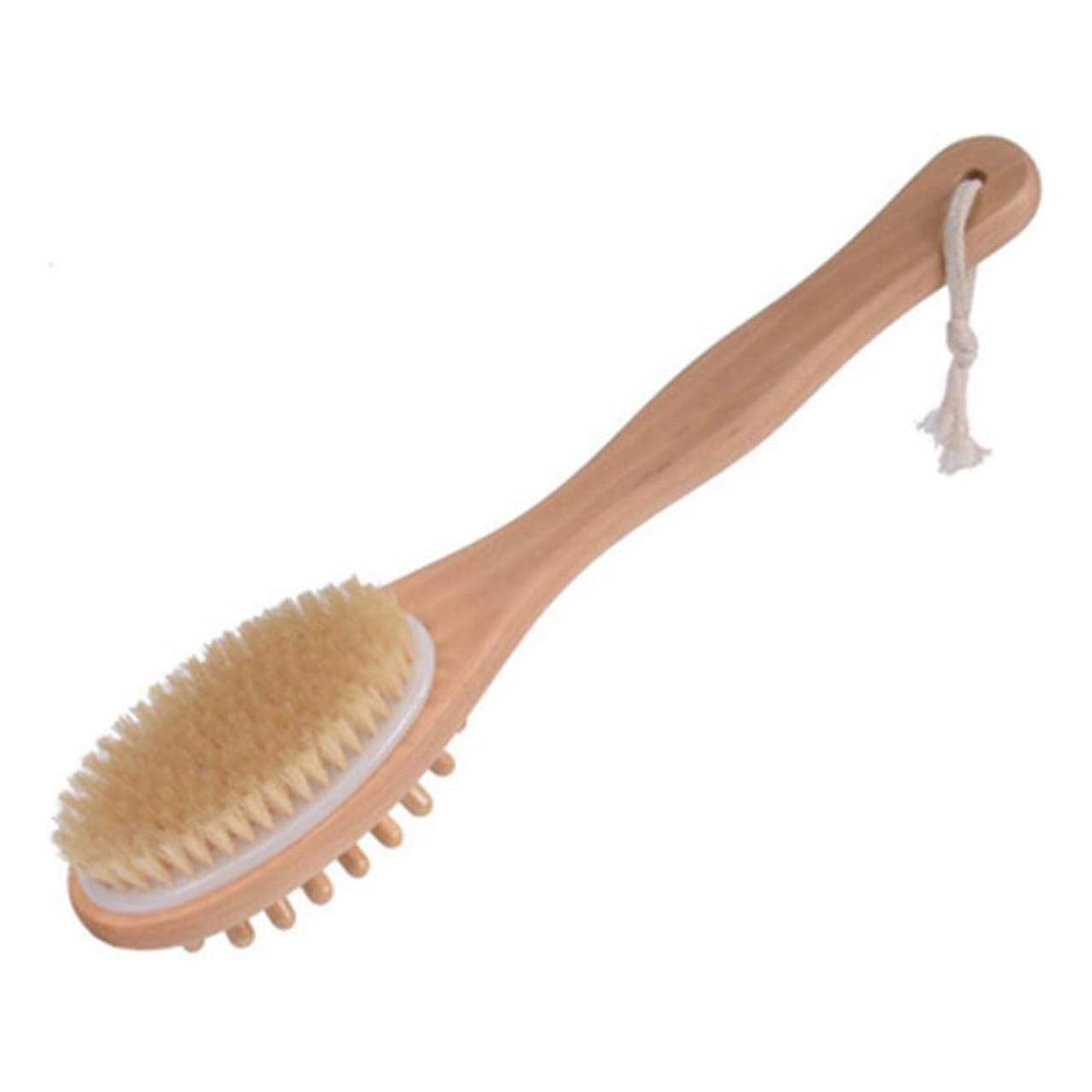Light bulbs are an essential part of our daily lives, and we use them for various purposes, including lighting up our homes, offices, and streets. However, not all light bulbs are equal, and some have several impacts on the environment and your health. This blog post will rank four types of light bulbs from least to most energy efficient; incandescent bulbs, halogen bulbs, compact fluorescent lamps (CFLs), light-emitting diode (LED) bulbs.
Incandescent Bulbs
Incandescent bulbs are the oldest and most commonly used light bulbs. They are inexpensive and produce a warm, yellow light that many people prefer. Incandescent light bulbs use electric current to heat a filament until it begins to emit electromagnetic radiation, which is how they turn electricity into light. An incandescent bulb only converts 10% of its energy into light, with the remaining 90% being dissipated as heat. That’s why they waste a lot of energy and generate heat. They can also lead to higher electricity bills!
They contain small amounts of mercury, which can be dangerous when they break as according to the World Health Organization they can damage your nervous, digestive and immune systems.
Starting from August 2023, The Department of Energy (DOE) plans to outlaw the manufacturing or sales of most incandescent light bulbs. The precise decisions, check your state's current laws on this issue.
Halogen Bulbs
Halogen bulbs are similar to incandescent bulbs, but they are slightly more efficient. The halogen gas inside the bulbs reacts with the filament, preventing it from burning out too quickly and producing a whiter, more natural-looking light than incandescent bulbs.
A halogen bulb has a longer lifespan than the incandescent bulbs with a lifespan of 1 to 2 years. They produce a bright, white light that is suitable for task lighting and outdoor use but they can get very hot, which can be a fire hazard. Plus, they contain bromine and iodine, which are toxic and can harm the environment and human health when released into the air and water.
Compact Fluorescent Lamps (CFLs)
CFLs are more energy-efficient than incandescent bulbs and halogen bulbs, and they have a longer lifespan. CFLs have a lifespan of approximately 9-10 years. They produce a cooler, white light that is suitable for most indoor and outdoor lighting needs.
When electricity flows through the CFL's gas-filled tube, it causes mercury atoms inside the tube to become excited and release UV light. CFLs emit UV radiation, which can be harmful to the skin and eyes if exposed for long periods.
But, CFLs contain a small amount of mercury, which can be harmful to the environment and human health if they are not disposed of properly. It is essential to recycle CFLs and not throw them in the trash.
The type of light bulb you choose has a significant impact on the environment, your health, and your wallet. LED bulbs are the clear winner in terms of energy efficiency, lifespan, and safety.
Light-Emitting Diode (LED) Bulbs
LED bulbs are the most energy-efficient, cost-saving and long-lasting bulbs available. They produce a bright, white light that is suitable for most indoor and outdoor lighting needs. Heat sinks are used by LEDs to dissipate heat into the environment after it has been absorbed by the LED. This prevents the overheating and burning out of LEDs.
According to the U.S. Department of Energy, LEDs use at least 75% less energy and last 25 times longer than incandescent light bulbs. The typical LED bulb is predicted to endure 25+ years. They can be more expensive at first but they will be a game changer for you in the long term. Plus, LED bulbs do not contain mercury, making them safe for the environment and human health.




